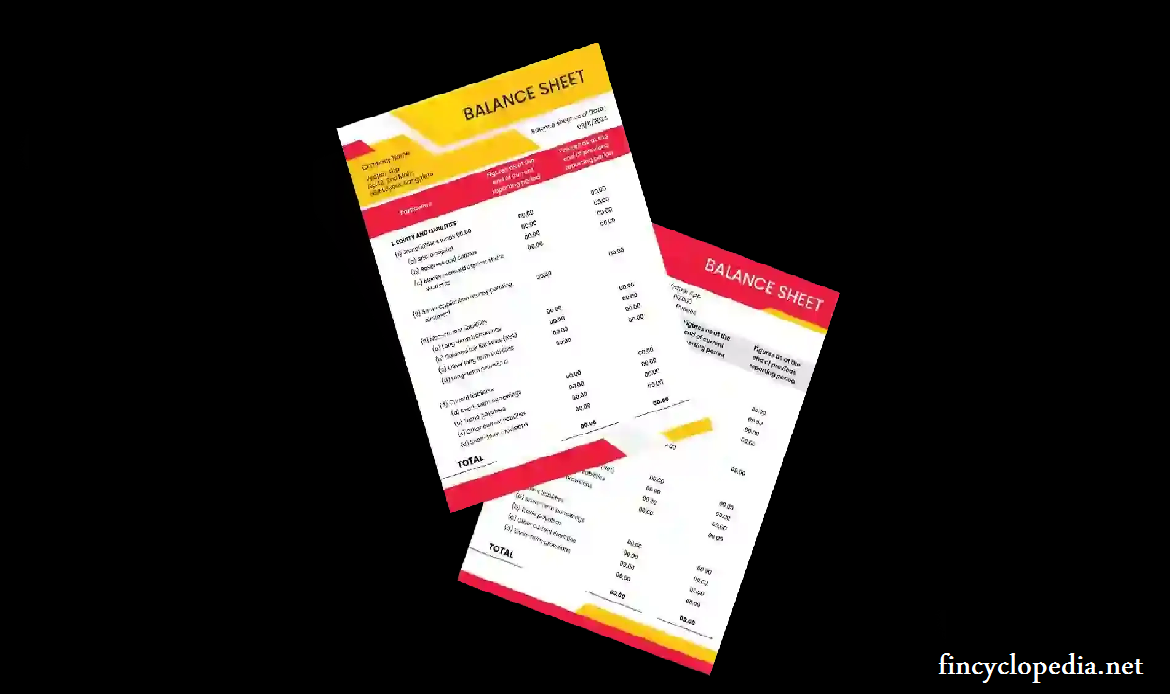Accounting estimates that are made using a method of measurement prescribed by the applicable financial reporting framework that is simple and applied easily to the asset or liability requiring measurement at fair value (FV) or for which fair value is the prescribed measure basis. Fair value accounting estimates are also those where the model used to measure the accounting estimate is commonplace or generally accepted, provided that the assumptions or inputs to the model are observable in the market.
Not all financial statement items requiring measurement at fair value give rise to estimation uncertainty. For example, certain financial statement items may be derived from an active and open market that provides readily available and reliable information on the prices at which actual exchanges take place. In this situation, the existence of published price quotations is usually the best audit evidence of fair value.
For a specific set of accounting estimates, there is a relatively high estimation uncertainty. This is usually common when such estimates are based on significant assumptions or judgments. This includes some fair value accounting estimates for derivative financial instruments that are not publicly traded, and fair value accounting estimates for which a highly specialized internally developed model is used and that relies on assumptions or inputs not observable in the market.
Fair value accounting estimates that may be required include those for complex financial instruments, which are not traded in an active and open market, share-based payments, and property or equipment held for disposal. Other examples are certain assets or liabilities acquired in a business combination, including goodwill and intangible assets, transactions entailing the exchange of assets or liabilities between independent parties without payment of monetary consideration (for example, a nonmonetary exchange of plant facilities in different business lines or operations).







